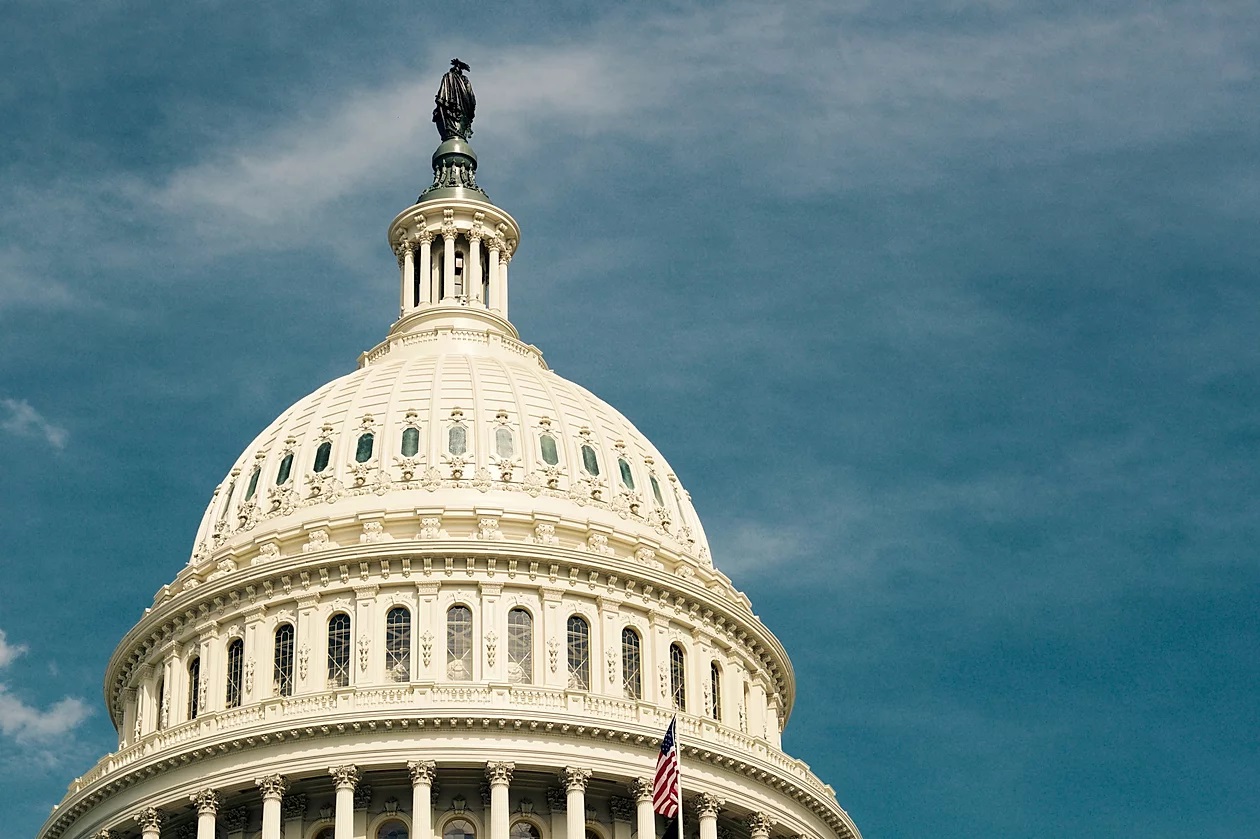Our first seven posts focused on individual taxpayers, and what they must know as tax laws change over the next three years. Now, we turn our attention to business owners. Congress made smaller adjustments to several regulations, but one of the most newsworthy changes involves pass-through business. These are businesses that do not pay corporate income tax, such as S corporations and sole proprietorships. Previously, the owners of these businesses would pay taxes at their individual tax rate, but Congress created a 20% reduction—with many caveats, of course. For now, we will briefly cover two other changes before diving into pass-through businesses next week.
C corporations are the most common type of corporation in the United States, and unlike S corporations the businesses are taxed separately from their owners. Starting in 2018, Congress set this tax rate at a flat 21%, down from graduated tax rates between 15% (for taxable income amounts between 0 and $50,000) and 35% (taxable income amounts over approximately $18 million). This flat tax rate will also apply to personal service corporations, which is a standard business structure for accountants, consultants, architects, engineers, and similar professions.
Congress repealed the corporate Alternative Minimum Tax (AMT). Similar to the individual AMT, this tax worked in parallel to the corporate income tax and was designed to ensure that corporations paid a minimum tax burden. The previous AMT rate was 20%, with half of the total corporate AMT paid concentrated in the finance and insurance industries. With the lowering of the corporate tax rate to 21%, Congress seems to have taken the position that two tax systems whose rates were only a percentage point apart placed an unnecessary bookkeeping burden on businesses. There is no sunset provision for the changes to corporate tax or AMT rates.

